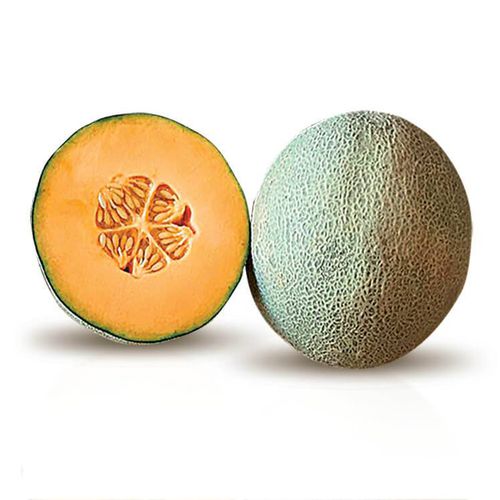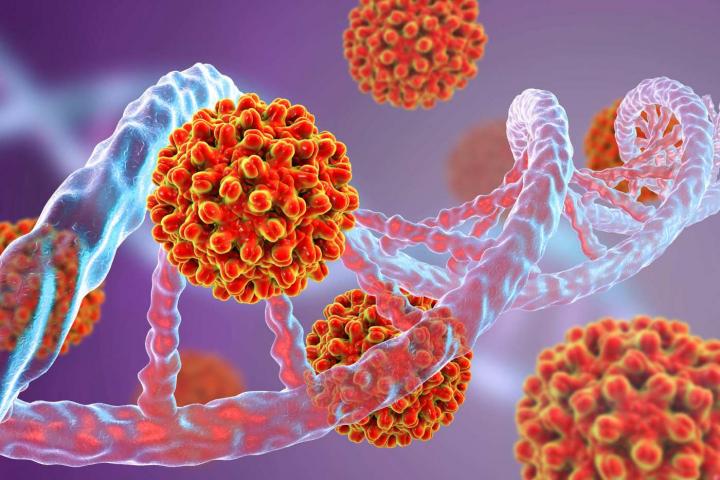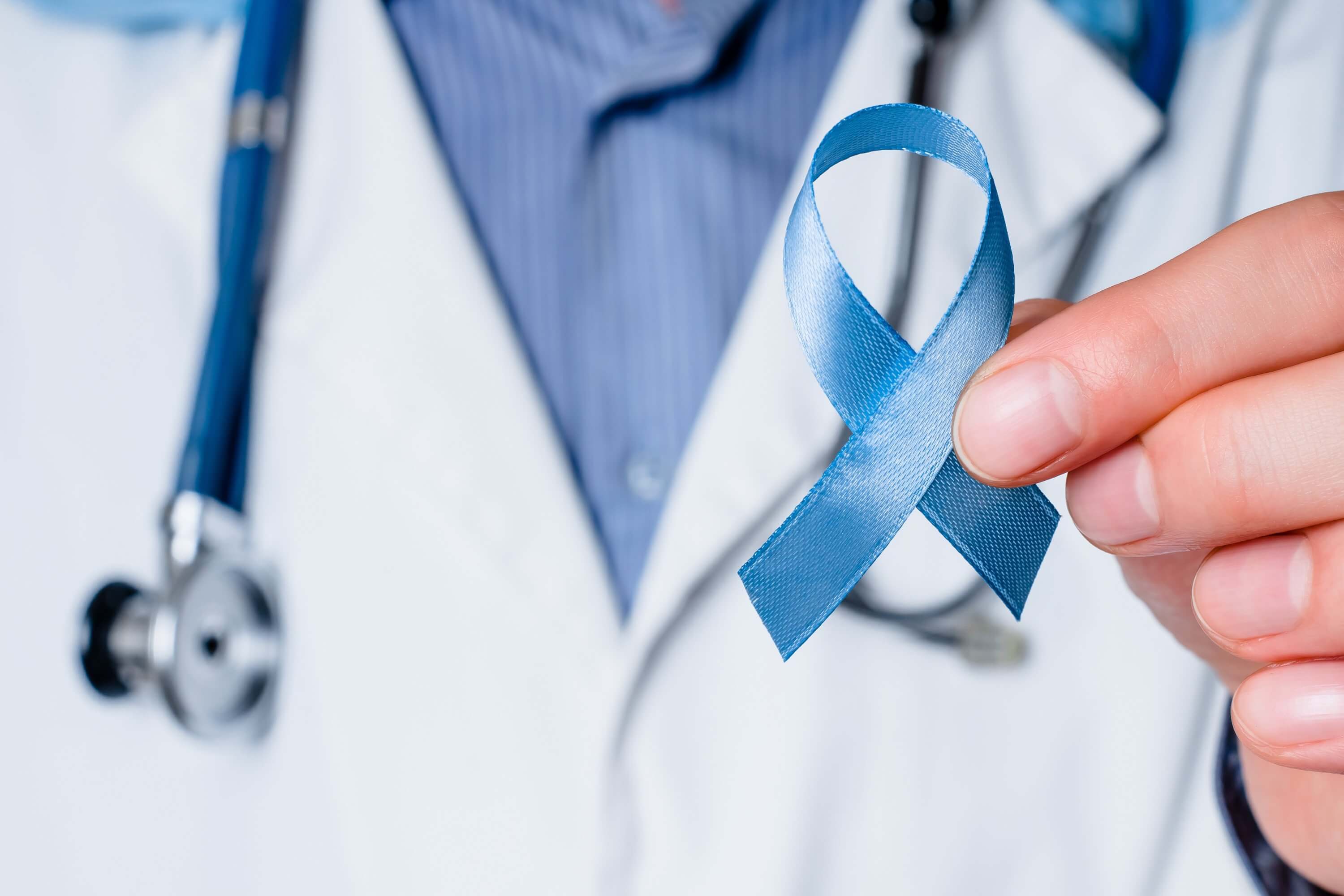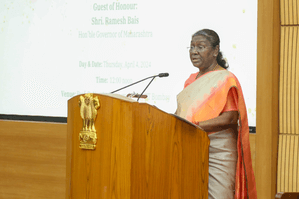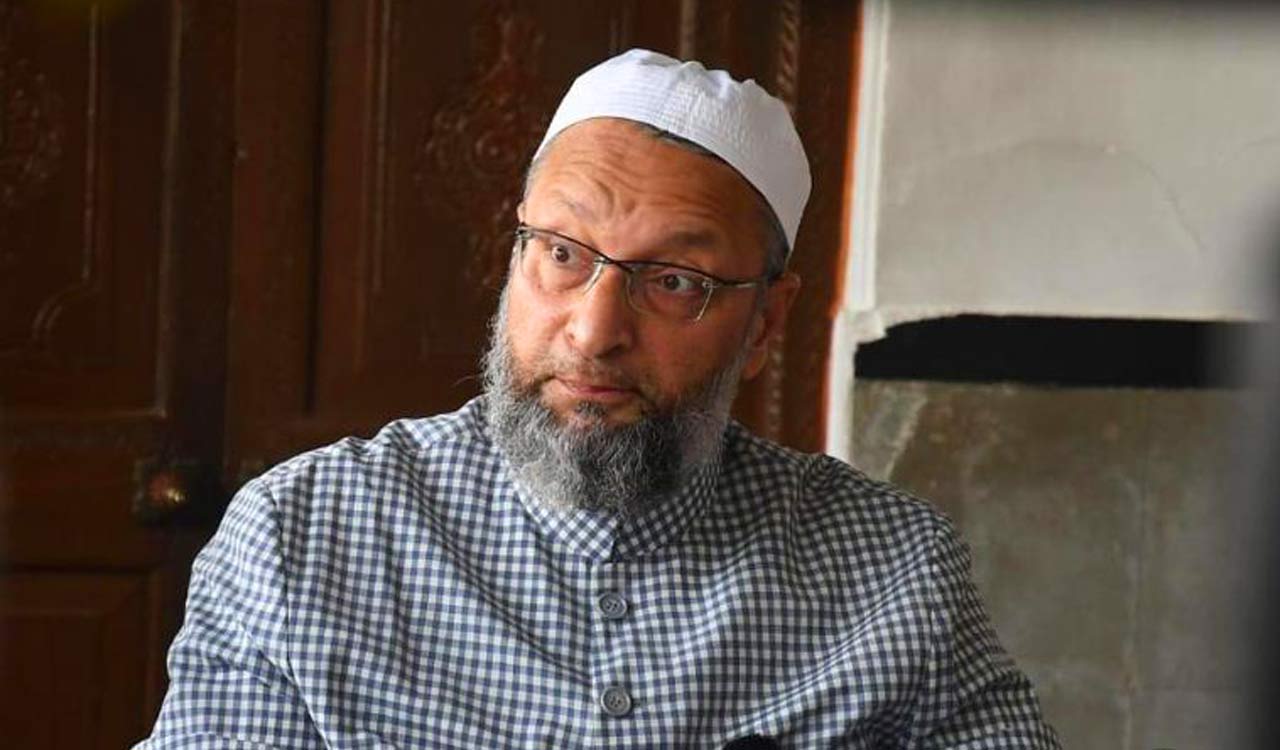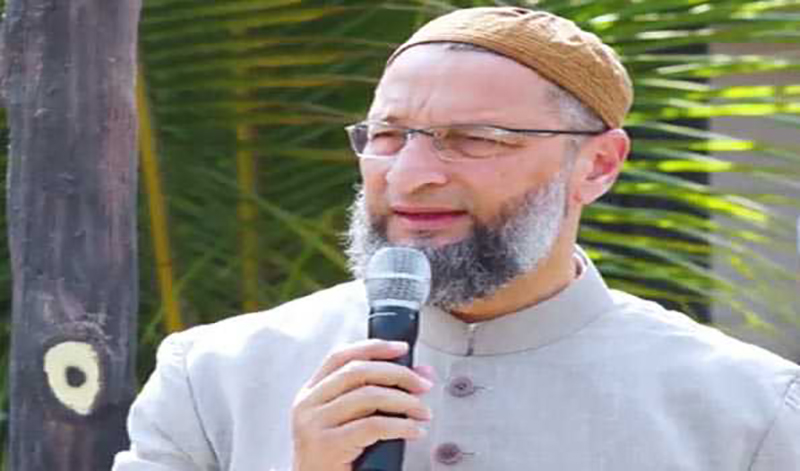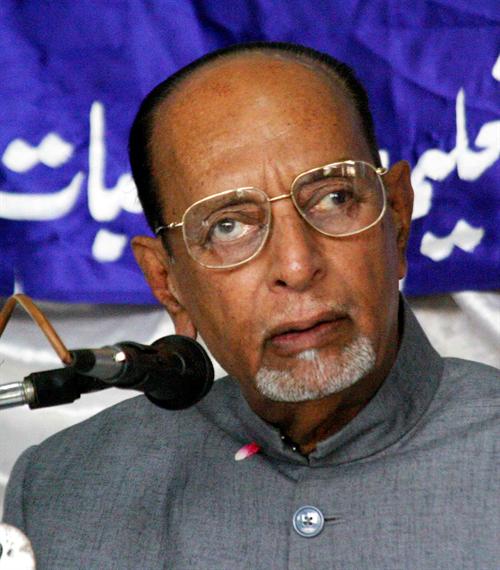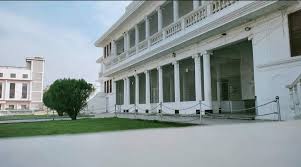New hope for stroke patients with disabilities
Sat 27 May 2017, 15:38:59
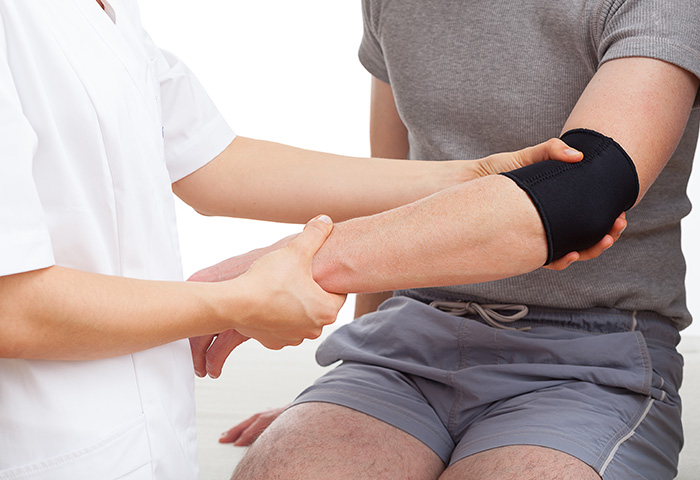
Washington : Stroke patients left with disabilities have been offered new hope as scientists have developed mind-controlled device that helps them retrain brains to move paralyzed hands.
By mentally controlling the device with the help of a brain-computer interface, participants trained the uninjured parts of their brains to take over functions previously performed by injured areas of the brain, the researchers said.
"We have shown that a brain-computer interface using the uninjured hemisphere can achieve meaningful recovery in chronic stroke patients," said Eric Leuthardt, MD, a professor of neurosurgery, of neuroscience, of biomedical engineering, and of mechanical engineering & applied science, and the study's co-senior author.
Stroke is the leading cause of acquired disability among adults. About 700,000 people in the United States experience a stroke every year, and 7 million are living with the aftermath.
In the first weeks after a stroke, people rapidly recover some abilities, but their progress typically plateaus after about three months.
"We chose to evaluate the device in patients who had their first stroke six months or more in the past because not a lot of gains are happening by that point," said co-senior author Thy Huskey, MD, an associate professor of neurology at the School of Medicine and program director of the Stroke Rehabilitation Center of Excellence at The Rehabilitation Institute of St. Louis.
"Some lose motivation. But we need to continue working on finding technology to help this neglected patient population."
David Bundy, PhD, the study's first author and a former graduate student in Leuthardt's lab, worked to take advantage of a quirk in how the brain controls movement of the limbs.
In general, areas of the brain that control movement are on the opposite side of the body from the limbs they control.
But about a decade ago, Leuthardt and Bundy, who is now a postdoctoral researcher at University of Kansas Medical Center, discovered that a small area of the brain played a role in planning movement on the
same side of the body.
same side of the body.
To move the left hand, they realized, specific electrical signals indicating movement planning first appear in a motor area on the left side of the brain.
Within milliseconds, the right-sided motor areas become active, and the movement intention is translated into actual contraction of muscles in the hand.
A person whose left hand and arm are paralyzed has sustained damage to the motor areas on the right side of the brain. But the left side of the person's brain is frequently intact, meaning many stroke patients can still generate the electrical signal that indicates an intention to move.
The signal, however, goes nowhere since the area that executes the movement plan is out of commission.
"The idea is that if you can couple those motor signals that are associated with moving the same-sided limb with the actual movements of the hand, new connections will be made in your brain that allow the uninjured areas of your brain to take over control of the paralyzed hand," Leuthardt said.
That's where the Ipsihand, a device developed by Washington University scientists, comes in. The Ipsihand comprises a cap that contains electrodes to detect electrical signals in the brain, a computer that amplifies the signals, and a movable brace that fits over the paralyzed hand.
The device detects the wearer's intention to open or close the paralyzed hand, and moves the hand in a pincer-like grip, with the second and third fingers bending to meet the thumb.
"Of course, there's a lot more to using your arms and hands than this, but being able to grasp and use your opposable thumb is very valuable," Huskey said.
"Just because your arm isn't moving exactly as it was before, it's not worthless. We can still interact with the world with the weakened arm."
Leuthardt played a key role in elucidating the basic science, and he worked with Daniel Moran, PhD, a professor of biomedical engineering at Washington University School of Engineering & Applied Science, to develop the technology behind the Ipsihand.
No Comments For This Post, Be first to write a Comment.
Most viewed from Health
AIMIM News
Owaisi Begins Election Campaign in Hyderabad
Apr 13, 2024
Bring back Indian workers in Israel: Owaisi
Apr 13, 2024
Darussalam to be closed tomorrow
Apr 06, 2024
Latest Urdu News
Most Viewed
May 26, 2020
Do you think Ruturaj Gaikwad would be a good captain for Chennai Super Kings?
Latest Videos View All
Like Us
Home
About Us
Advertise With Us
All Polls
Epaper Archives
Privacy Policy
Contact Us
Download Etemaad App
© 2024 Etemaad Daily News, All Rights Reserved.





